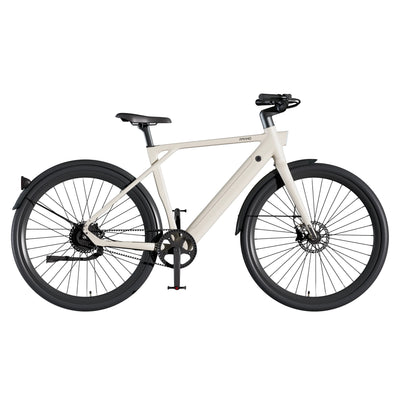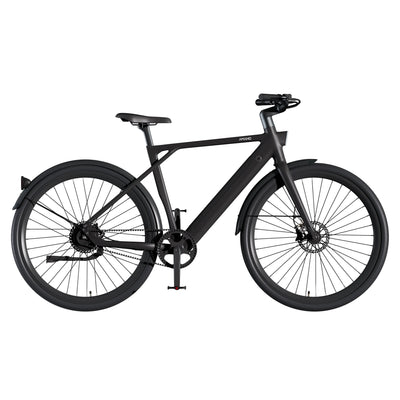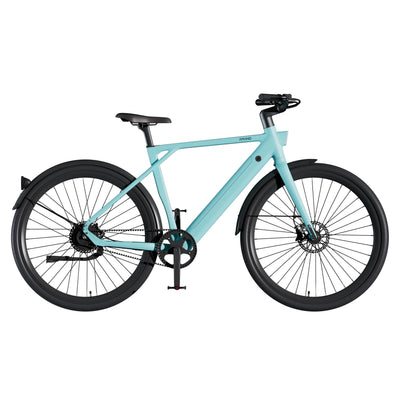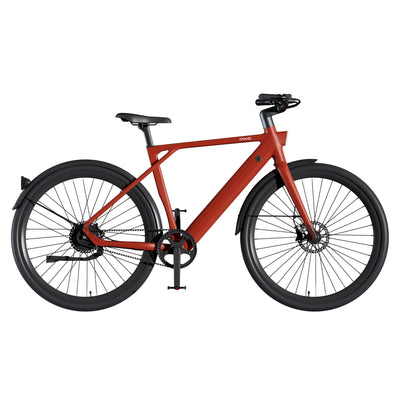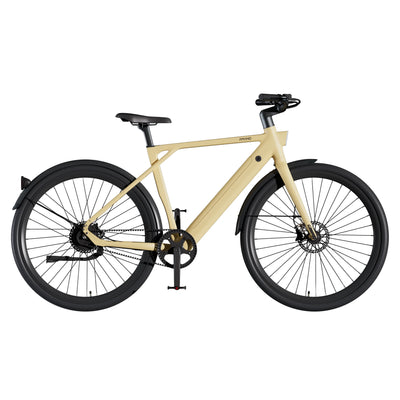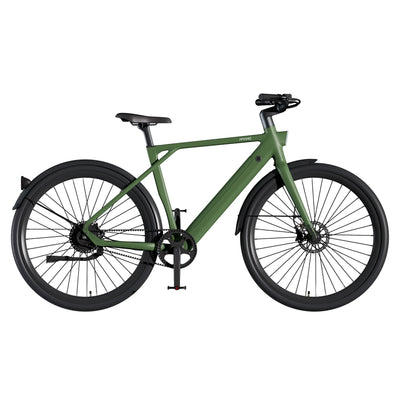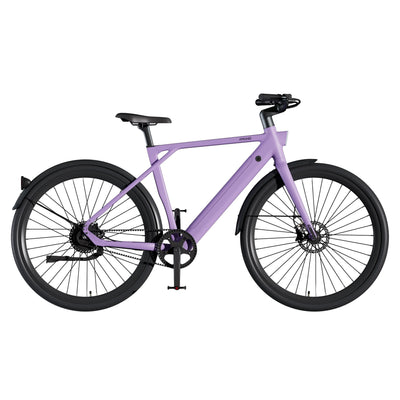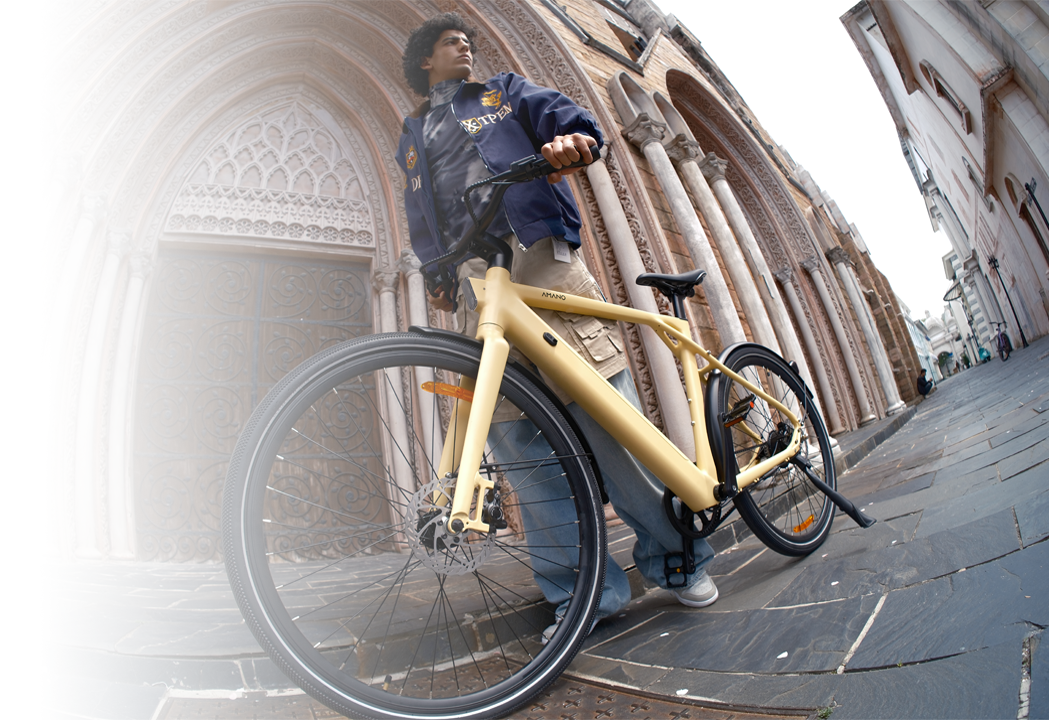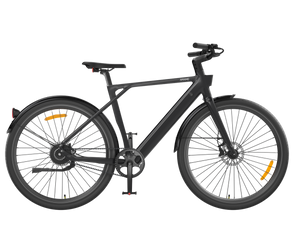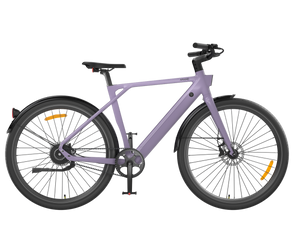How to Check Your E-Bike Battery’s Condition

E-bikes are a green, efficient, and fun way to get around—whether you’re in the city or the countryside. But like any tech gadget, the battery is what makes your e-bike work well. A battery’s health affects more than just how far you can ride; it also changes how well the bike performs and how enjoyable your trip is. That’s why it’s so important to check your e-bike battery regularly—so it stays reliable and works its best.
Basics of E-Bike Batteries
Most modern e-bikes (including those widely used in the UK) run on lithium-ion batteries. These batteries have high energy density, which makes them perfect for e-bikes—they’re light but still pack plenty of power.
· Battery types: Compared to other kinds of batteries, lithium-ion ones last longer and charge better. They also don’t suffer much from the “memory effect”—that’s when you charge the battery only partially (not all the way) over and over, and over time it can’t hold as much power as before.
· Battery lifespan: A battery’s life is measured in “charge cycles.” One cycle means using the battery all the way down and then charging it back up fully. With regular use, a lithium-ion battery can usually handle 500 to 1000 charge cycles before it starts to lose capacity—and that usually adds up to several years of use.
How to Check Battery Health
There are simple, effective ways to find out how healthy your e-bike battery is. Here are the most common methods:
1. Visual Inspection
First, take a good look at the battery itself—this can spot possible problems early:
· Damage: Check for cracks, dents, or strange discoloration. These could mean the battery is damaged inside, which might make it fail or even start a fire.
· Corrosion: Look at the battery’s terminals (the metal parts where it connects to the bike). If there’s rust or a white/greenish buildup (corrosion), it can mess up the connection and make the battery work poorly.
2. Voltage Measurement
Another way to check is to measure the battery’s voltage (electrical power). You’ll need a “multimeter”—a small tool that reads voltage accurately.
· Normal voltage range: Depending on the battery model, a fully charged lithium-ion battery should have between 36 and 42 volts. If the voltage is way below this range, the battery might be damaged or almost dead.
3. Charging Test
How the battery charges is a big clue to its health. Watch the charging process closely:
· Charging time: If it takes much longer than usual to charge the battery all the way, this might mean it can’t hold as much power anymore.
· Charging issues: Notice if charging stops suddenly (before it’s full) or finishes way faster than normal. Both are signs something’s wrong with the battery.
4. Discharge Test
To see how well the battery works when you’re actually riding, take it for a test trip. This lets you check how fast it uses up power:
· Range check: Ride until the battery is low, and note how far you went. If this distance is much shorter than what you’re used to, the battery’s capacity has probably dropped.
5. Using the Battery Management System (BMS)
Many new e-bikes have a “Battery Management System” (or BMS for short). This system keeps an eye on the battery and gives you details about its condition:
· Real-time info: The BMS lets you check the battery’s charge level, temperature, and overall health as it happens. It also finds small problems early—before they turn into big ones.
Tips for Maintaining Your E-Bike Battery
To make your e-bike battery last longer and stay healthy, follow these simple tips:
· Charge regularly: Don’t let the battery run completely empty—this shortens its life. Try to charge it before it drops below 20% power.
· Watch the temperature: Keep the battery away from extreme heat or cold. Hot weather can make the battery die faster, and very cold weather makes it work worse. In winter, store the battery in a room that’s not too cold.
· Use the right charger: Always use the charger that came with your e-bike (or the one the manufacturer recommends). This ensures the battery charges properly and avoids overcharging—which can damage it.
Conclusion
Checking your e-bike battery’s health regularly is important if you want your battery to last longer and your bike to work well. A well-cared-for battery doesn’t just let you ride farther—it also makes sure your trips are safe and smooth. By using the checks and tips above, you can keep your e-bike battery in good shape for years—whether you’re commuting to work in the city or exploring backroads in the countryside.
